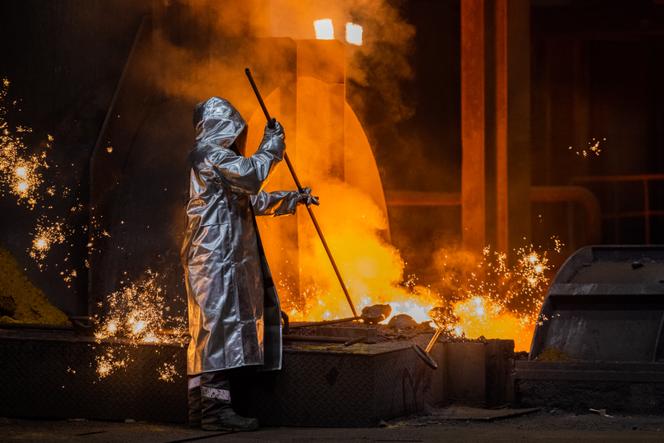


High school students still learn in history class that the first European union was built around steel and coal. The European Coal and Steel Community (ECSC) was established in 1951 by the Treaty of Paris, ratified at the time by the "Europe of six" (France, West Germany, Italy and the Benelux countries). Three-quarters of a century later, coal production has largely disappeared from European soil. Is steel now facing the same fate?
The verdict is clear: Since 2008, steel production in the European Union has fallen by 30%, reaching its lowest historical level, while nearly 100,000 jobs have disappeared in the steel industry, according to figures from Worldsteel, the global association of steel producers. Some consider the industry to be in survival mode, while others, even more pessimistic, say it's on the verge of extinction. "In 10 years, steel production in Europe dropped from 7% of global production to 4%," recalled Stéphane Séjourné, the executive vice president of the European Commission and commissioner in charge of prosperity and industrial strategy, in March.
There are multiple reasons behind this decline. Low-cost Chinese overproduction is flooding the European market, stifling local steelmakers. Since the start of the war in Ukraine, energy prices in Europe have increased for these energy-intensive industries, making them less competitive than their Asian, Middle Eastern or North African competitors. Finally, markets are shrinking, with the 25% increase in customs duties for European steel and aluminum imported into the United States, announced by Donald Trump on April 2.
You have 83.35% of this article left to read. The rest is for subscribers only.
